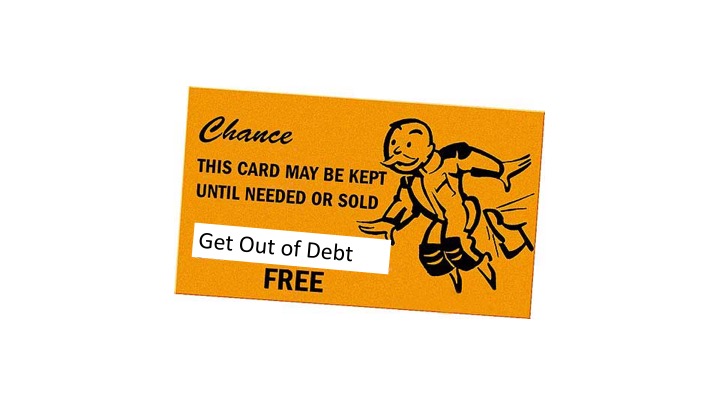As mentioned in last week’s article, it is almost as if like debt has become second nature these days. In many scenarios debt is unavoidable – we need extra resources to pay for schooling, housing and many others. However, once we find ourselves knee deep in debt, what then?
In this week’s article, I will be sharing my thoughts in a smooth transition to a debt-free life easing the burden as you pay it off.
Tip 1: Pay off that credit card.
First and foremost, take care of that credit card debt right away. It should be the number one priority – but do ensure you do not forget about others if they are coming due. With abnormally high interest rates at 19.99% – paying the minimum payment can seem very attractive but it comes with a steep price. Even carrying 100$ on a credit card and paying the minimum payment would take 11 months. Imagine how long it would take with a larger amount.
Tip 2: Take advantage of deductible interest. If you want to know more about deductible interest click on the link above.
As mentioned last week, a loan used for investments to generate a profit has the unique advantage of having the interest portion be tax deductible. If you are someone using a portion of your paycheque for investments – consider using that money to pay off other debts such as student loans or credit card debt and take out a loan for investments. The interest rate on a loan for investments will be considerably lower then a credit card loan and the interest portion will be deductible. Consult with an advisor to see how you can maximize this option.
For example, let’s say in a year you put away 1000$ in the bank for investments instead of paying off debt. Consider using that 1000$ to pay off debt and get a loan for your investments. That way not only will a higher interest bearing loan be wiped off, the interest on your investment loan will be tax-deductible.
Tip 3: Don’t let your investments take a back seat.
Many people believe that the correct method to investing has two steps:
- Pay off my debt
- Then start putting away money for investing
The flaw with this plan is no one knows how long it will take to pay off debt. It might take 1,2,5 or 10 years. Each time you delay investing you lose something very valuable and that’s time. The earlier you start investing the better.
The early-bird advantage allows your money to be in the market for longer earning more money through interest, growth and dividends and you get to capitalize on compound interest (next week’s topic). Now this is easier said then done, but remember you do not need to start putting away large sums of money to capitalize from this even small contribution of 5-10$ a week will spearhead your future. I myself started off putting away 25$ on a bi-weekly basis. We all need to start somewhere, but the earlier we do the better we are off.
Tip 4:
Make a solid financial plan:
A solid plan consists of seeing which debts cost the most and those should be the ones you get rid of first. See which of your debt can be converted so you can use tax provisions to have interest that is deductible.
Disclaimer: All of the above information is my own personal opinion. Please verify with a financial advisor or loan manager about payment plans and loan rates.
References:
Image from: http://with-malice.com/wp-content/uploads/sites/122/2009/05/goojf.jpg


